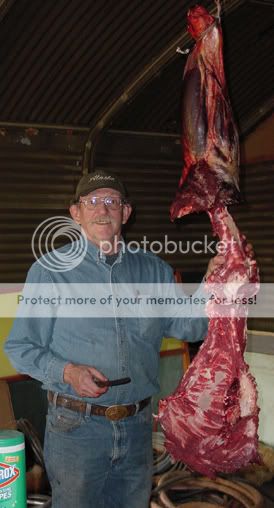runnball said:
If I were contemplating taking an African trip with thoughts of the Big Five on my mind I would want hard cast balls and at least a 10 bore and preferably an 8 bore. Read some of Sir Samuel Baker's writings. They are a real eye opener as to calibers used and their ability to handle dangerous game.
runnball, the biggest problem that I have read about is, the expansion and lack of penetration of soft lead.......even in the 8 bore size.....I would use hard lead......for penetration.
...............
a note to me, from a Northern Brother:
"Loads in the .75 cal had to be reduced down to 125FF to keep a ball from completely passing thru moose, broadside"
Not sure of the distance, but the ball would be just under the skin on the far side.
I don't have a 75 cal, but my .73 [550grain]is overkill for deer sized critters.......can't tell the difference between the ones shot with 175FF or 125FF.......quartering shots waste meat, and don't shoot high..........sighted in at 75yd....the longest shot has been 40 yds.
One nice thing about big round balls, is that you should be able to break both front legs and still have an exit hole.
Get one of those 3 leaf "express" rear sight for shooting long distance..........or get closer. :grin:







